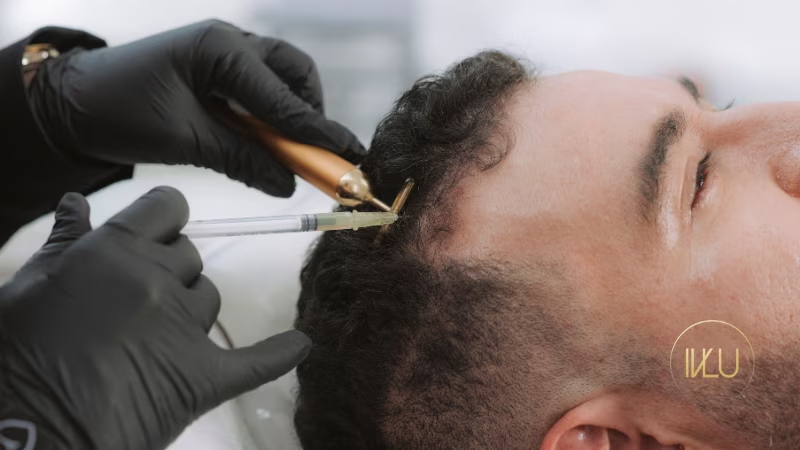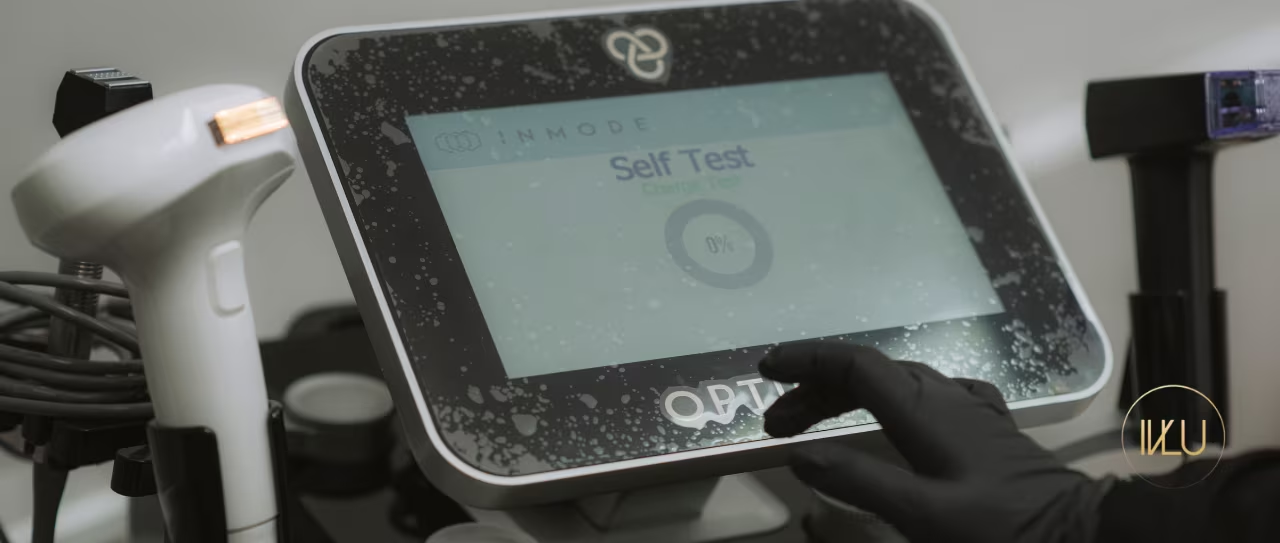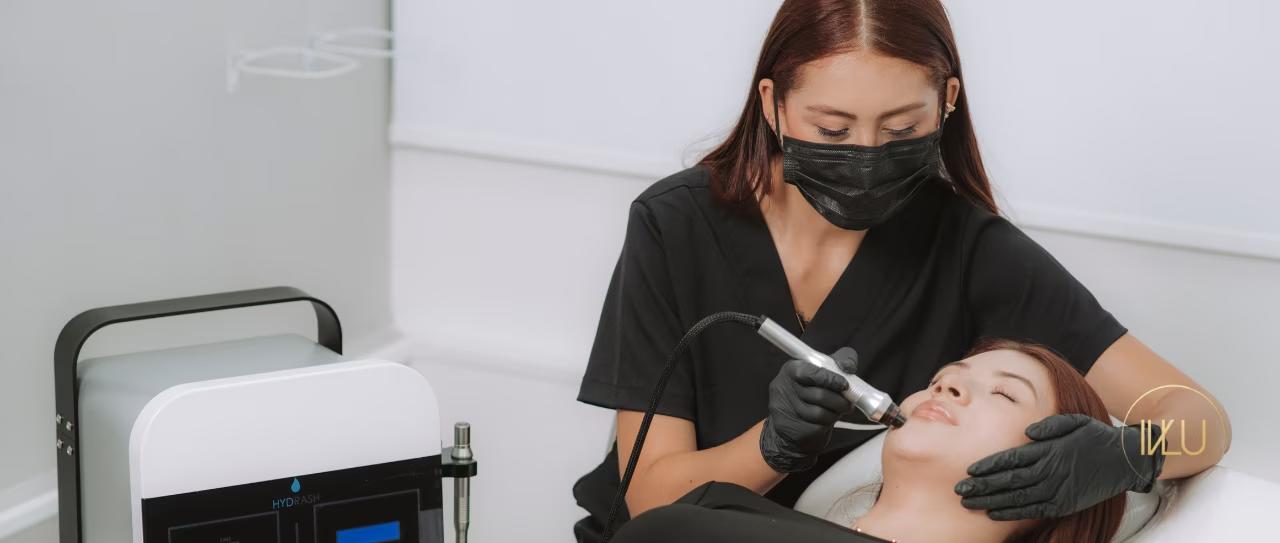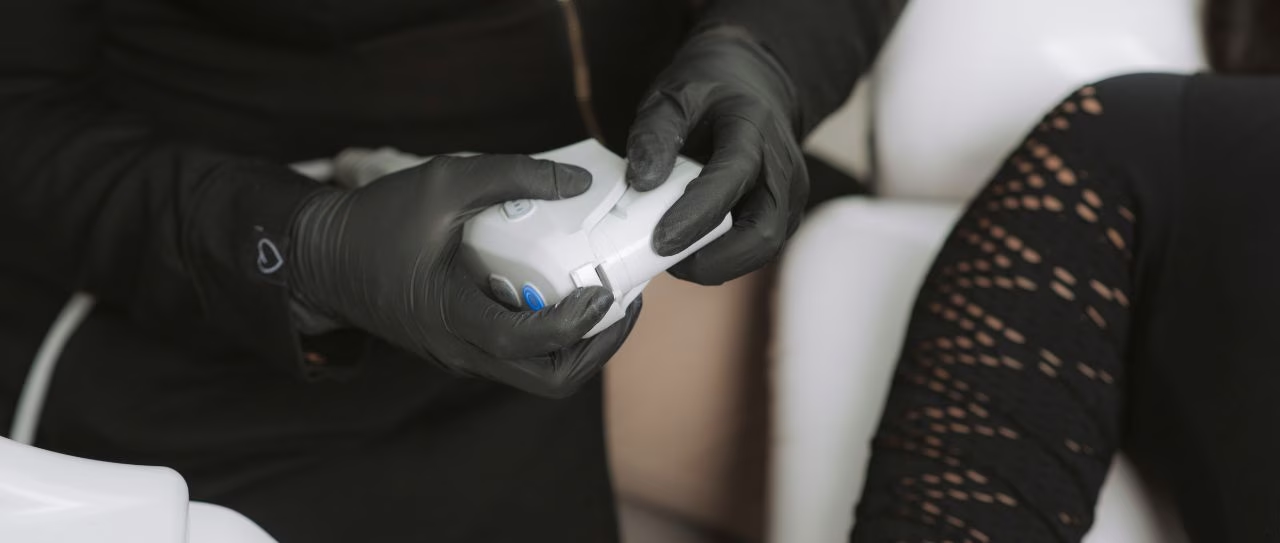
Dutasteride vs Finasteride: The Battle Against Androgenetic Alopecia
Hair loss affects millions of people worldwide, significantly impacting self-esteem and quality of life. Recent statistics show that androgenetic alopecia affects approximately 50% of men over 50 and up to 40% of women after menopause. Fortunately, advances in pharmacological treatments like Dutasteride and Finasteride offer effective alternatives to combat this issue.
At IVLU Bogotá, we frequently receive questions about which of these medications is more suitable for each case. Below, we present a detailed analysis to help you better understand these therapeutic options.
Mechanism of Action: How Do These Treatments Work?
Both Dutasteride and Finasteride belong to a class of drugs known as 5-alpha reductase inhibitors, but with important differences in their mechanisms:

Finasteride
- Primarily inhibits type II 5-alpha reductase
- Reduces DHT levels by approximately 70%
- Commonly used at 1mg daily for alopecia
- FDA-approved for male androgenetic alopecia since 1997
Dutasteride
- Inhibits both type I and type II 5-alpha reductase
- Reduces DHT levels by up to 90-95%
- Typically administered at 0.5mg daily
- Officially approved for benign prostatic hyperplasia but used “off-label” for alopecia
This difference in mechanism explains why Dutasteride is often considered a more potent treatment, though it may also carry a higher risk of side effects.
Comparative Efficacy: Which Works Better?
Numerous clinical studies have evaluated the efficacy of both medications:
Results with Finasteride
Long-term studies show that approximately:
- 80% of users experience halted hair loss
- 65-70% observe some degree of hair regrowth
- Results become noticeable after 3-6 months of continuous treatment
- Greater efficacy in frontal and crown (vertex) areas
Results with Dutasteride
Comparative research suggests:
- Up to 90% of users experience halted hair loss
- Approximately 80% show visible regrowth
- Results may appear slightly sooner (2-4 months)
- Greater efficacy in advanced or aggressive alopecia cases
It’s important to note that individual responses vary significantly based on factors like genetics, age, stage of alopecia, and treatment adherence.
Gender-Specific Considerations
Men
In male patients, both Finasteride and Dutasteride have proven to be valid options, with some considerations:
- Age: Younger men (25-40 years) with early to moderate alopecia often respond better to Finasteride
- Progression: Cases of aggressive or advanced alopecia may benefit more from Dutasteride
- Side Effects: Greater concern about potential effects on sexual function (reduced but present)
Women
The use of these medications in women requires special considerations:
- Absolute contraindication in pregnant women or those planning pregnancy (Category X - teratogenic)
- Need for effective contraception during treatment
- Generally reserved for postmenopausal women or those with confirmed androgenetic alopecia
- Possibly greater efficacy of Dutasteride in diffuse female pattern hair loss
Combination with Other Treatments: A Comprehensive Approach
At IVLU, we’ve observed that the most effective approach to treating alopecia is often multimodal:
- Oral Pharmacological Therapy: Dutasteride or Finasteride as the foundation
- Topical Minoxidil: Enhances results by directly stimulating follicles
- Vitamin and Peptide Therapy: Improves the follicular environment and hair quality
- Scalp Mesotherapy: Delivers nutrients directly to the scalp
- PRP (Platelet-Rich Plasma): Uses growth factors to stimulate regeneration
This combination of treatments can offer superior results compared to monotherapy, as demonstrated by the case of Carlos, a 42-year-old patient with Hamilton-Norwood type IV androgenetic alopecia:
“After trying various treatments without success, I started a combined protocol with oral Dutasteride, 5% Minoxidil applications, and quarterly PRP sessions. At 8 months, the difference was noticeable not only to me but also to my social circle. The density improved significantly, and hair loss stopped completely.”
Side Effects: What You Need to Know
Any therapeutic decision must carefully consider the risk-benefit balance:
Finasteride
- Decreased libido (2-4% of patients)
- Erectile dysfunction (1-2%)
- Reduced ejaculation volume (1-2%)
- Rarely: gynecomastia, depression
Dutasteride
- Similar side effect profile to Finasteride
- Possibly higher frequency of sexual side effects (3-5%)
- Longer half-life in the body (4-6 weeks vs 6-8 hours for Finasteride)
- May affect PSA levels in prostate screenings
It’s crucial to discuss these potential effects with your specialist before starting any treatment.
How to Choose the Right Treatment for You
The choice between Dutasteride and Finasteride should be personalized, considering:
- Severity and pattern of alopecia
- Patient age and sex
- Rate of progression
- Response to previous treatments
- Medical history and risk factors
- Concerns about potential side effects
At IVLU, we conduct a comprehensive trichological evaluation that includes:
- Digital dermatoscope analysis
- Follicular density assessment
- Hair shaft thickness measurement
- Hair loss pattern analysis
- Hormonal evaluation when necessary
Only after this thorough analysis do we recommend the most suitable treatment for each individual case.
Long-Term Results: Realistic Expectations
It’s important to understand that both Dutasteride and Finasteride are continuous treatments, not definitive cures:
- Positive results are maintained as long as treatment continues
- Discontinuation typically leads to the resumption of hair loss
- Best results are seen with strict adherence for at least 12-24 months
- Periodic evaluations are recommended to adjust treatment based on response
Making an Informed Decision
Dutasteride and Finasteride represent significant advances in the treatment of androgenetic alopecia, offering real hope for those suffering from hair loss. However, the decision to use these medications should always be made under specialized medical supervision, carefully weighing the expected benefits against potential risks.
At IVLU Bogotá, our team of experts is ready to provide a personalized evaluation and guide you in choosing the most appropriate treatment for your specific case. Schedule a consultation to receive professional advice and begin your journey toward hair recovery.
Want to learn more about available treatments for hair loss? Explore our hair restoration services or consult information about FUE HD hair transplants.


